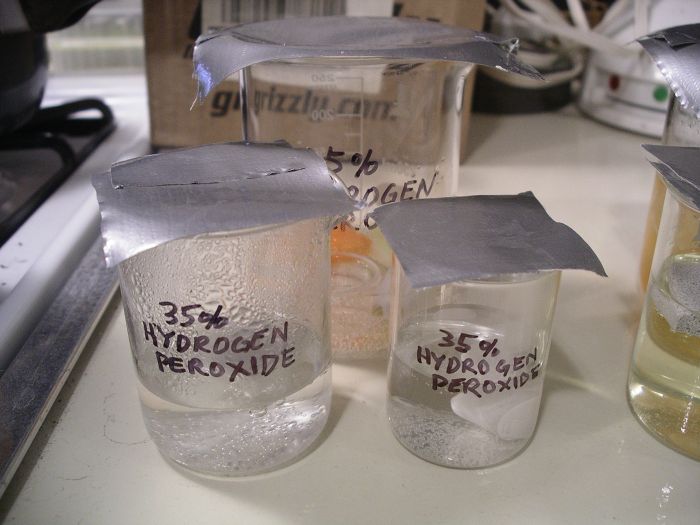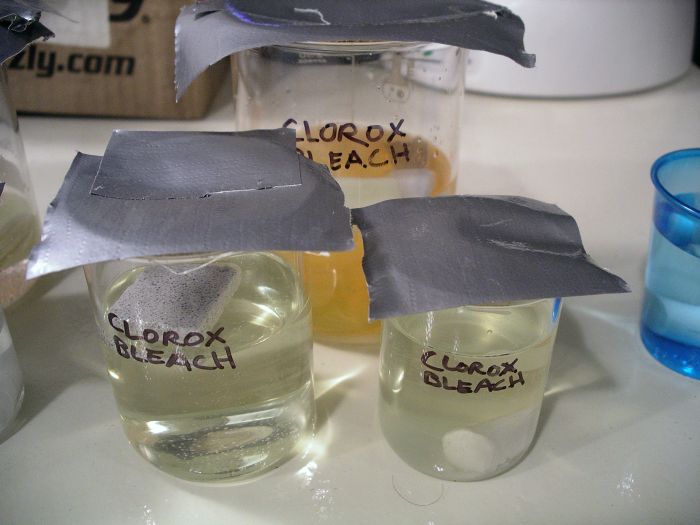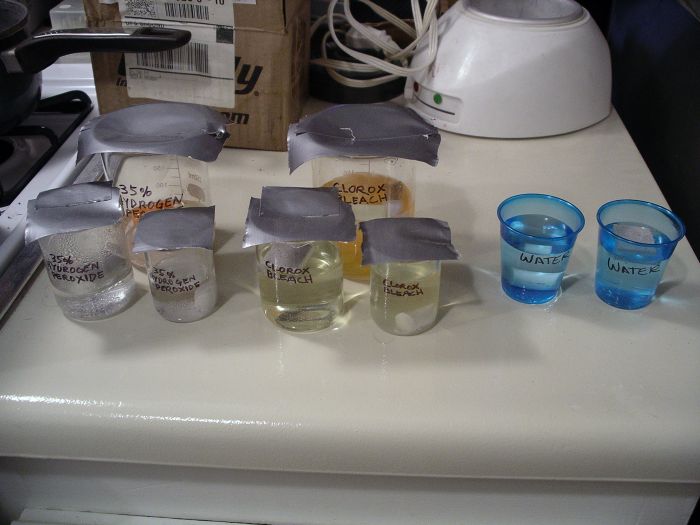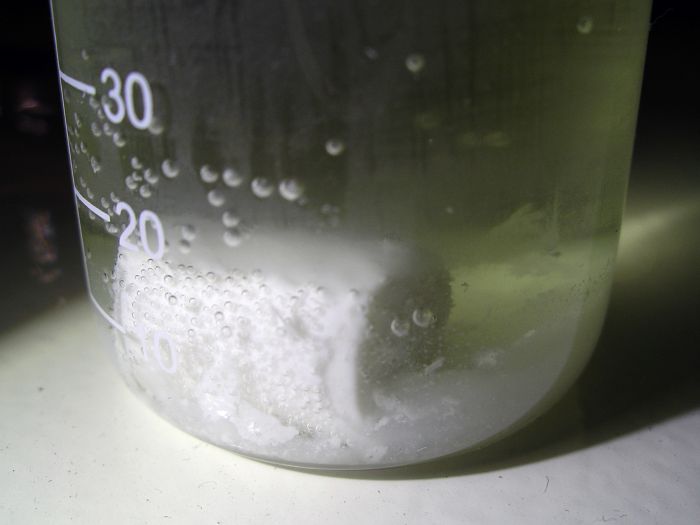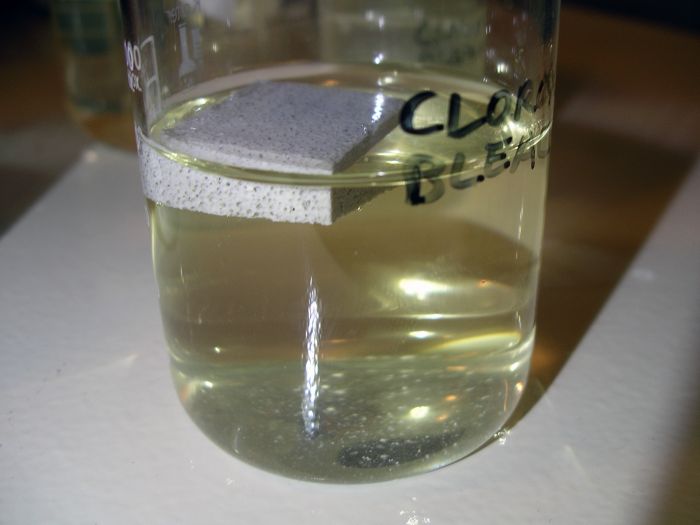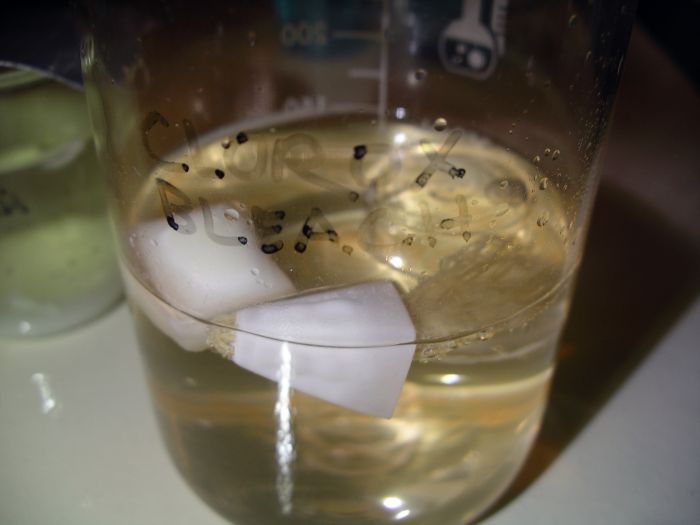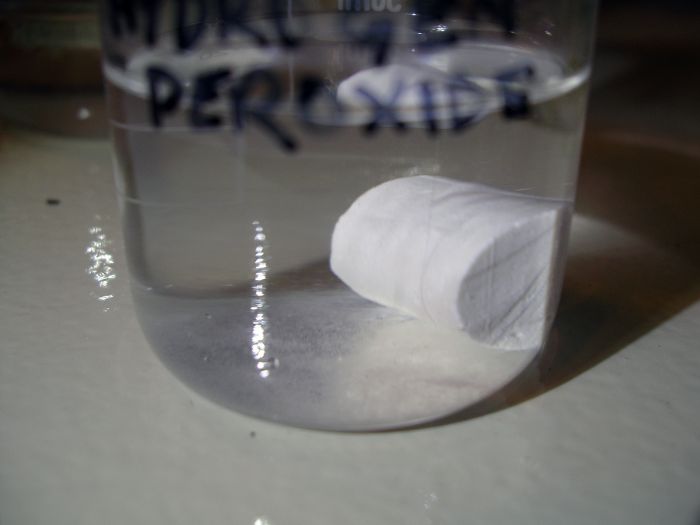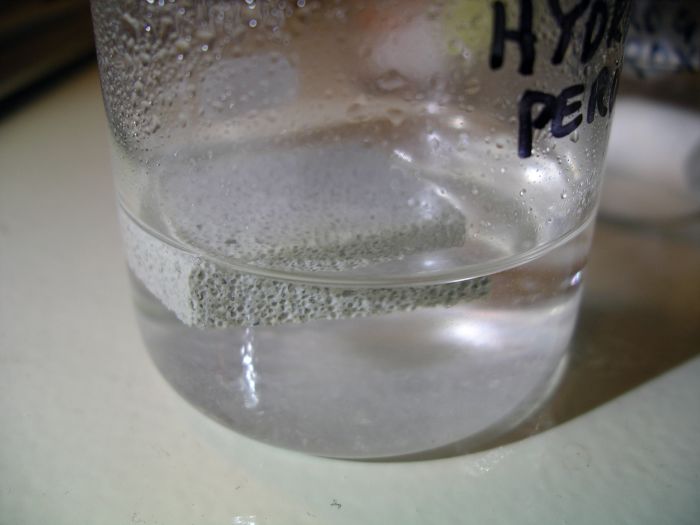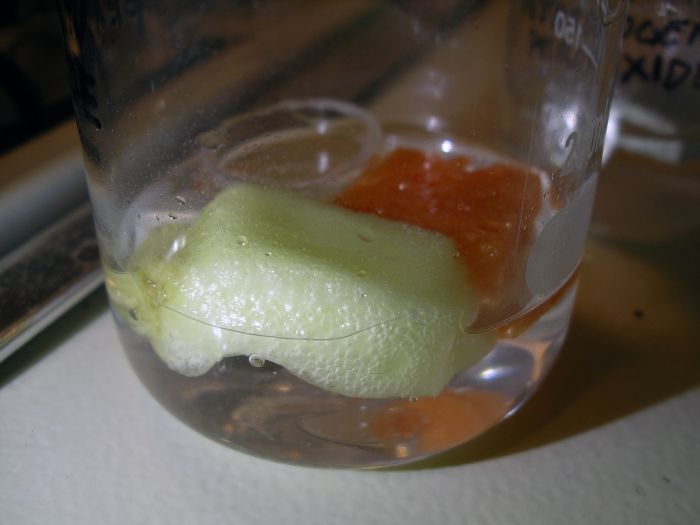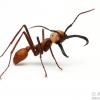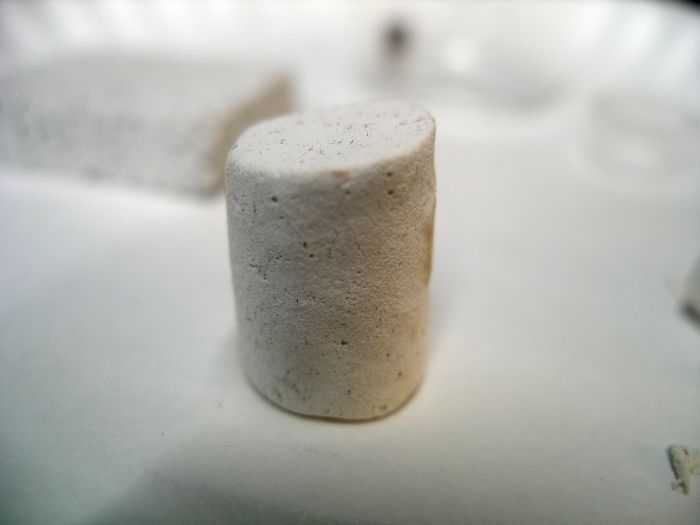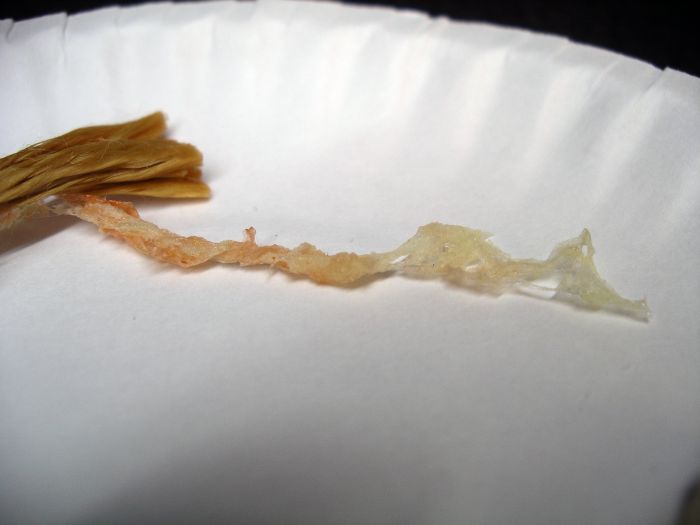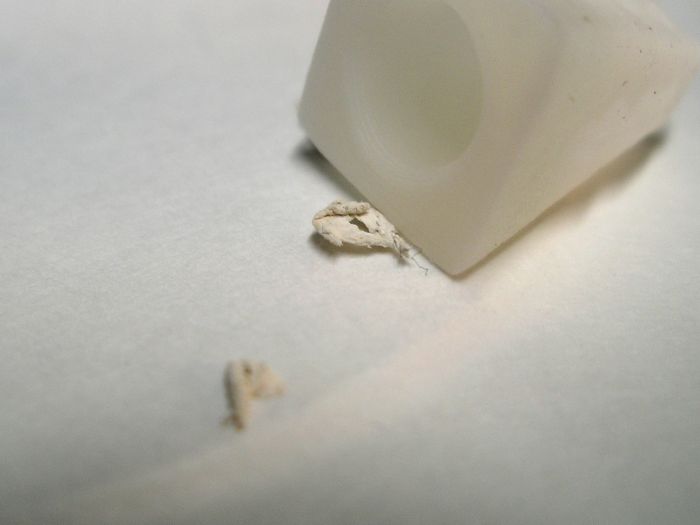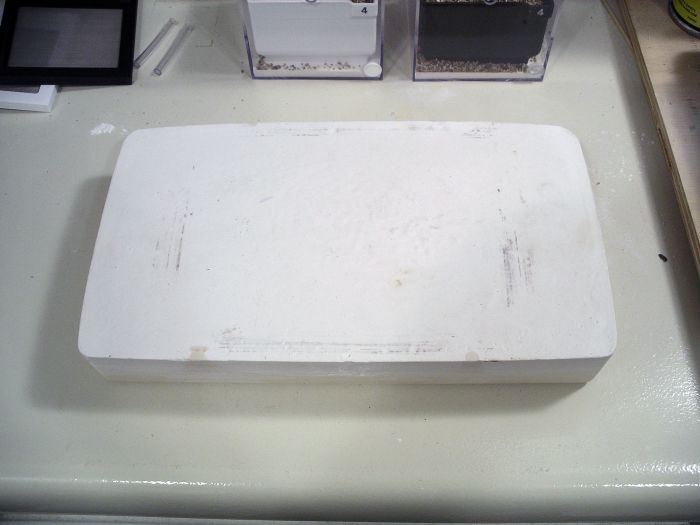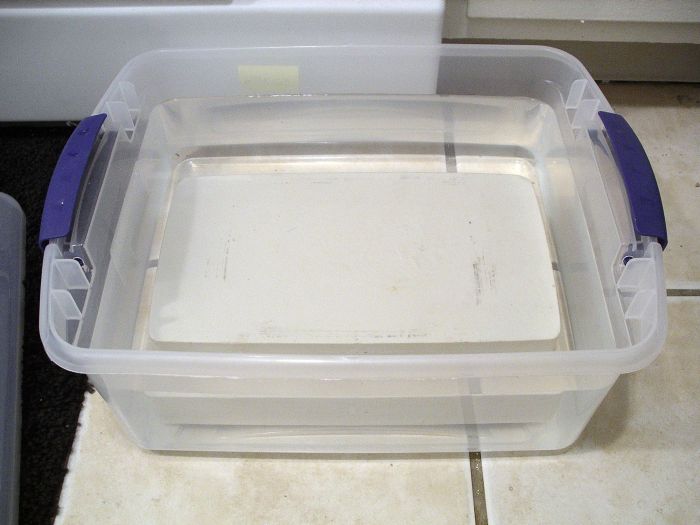I decided to do a little experiment to see exactly what happens to different common ant keeping materials when soaked in water, bleach, and hydrogen peroxide. I soak most of my stuff in bleach-water, and I have seen what it does to some materials, and seen what it seemed to do to others, but now I'm going to find out for sure.
The main reason for this experiment is to see what happens to AAC and Hydrostone when soaked in these three different liquids. I know water slowly dissolves gypsum cements and some of the materials that make up AAC. It seems like soaking them in bleach-water dissolves them even faster. Some have suggested using hydrogen peroxide instead, so I decided to do this little experiment to see exactly how much and how fast each of these liquids dissolve AAC and Hydrostone. I cut the pieces of Hydrostone and AAC to exact sizes in weight so I can actually measure how much has dissolved.
I also decided to test out a few other materials including some plastics and sponges while I'm at it. I have noticed that my polystyrene containers seem to get weaker and more brittle when soaked in bleach-water for a period of time, but I'm not completely sure. Obviously I'm not testing the other materials out in water, because we already know water has no real affect on them.
AAC (Ytong) (2.9 g)
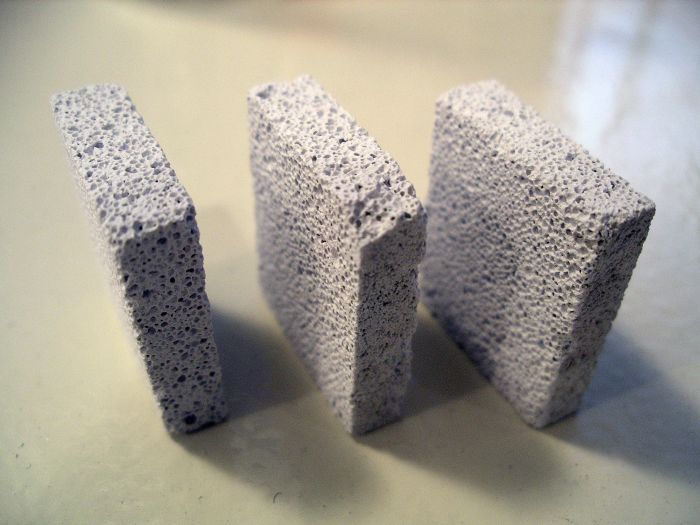
Hydrostone (3.6 g)
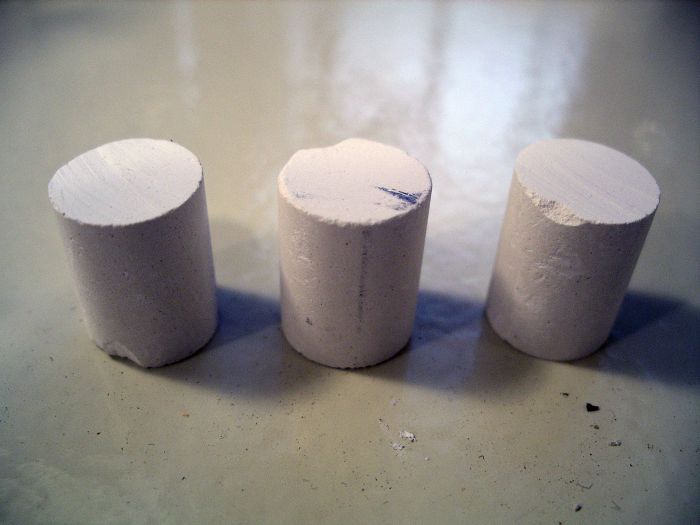
Polystyrene
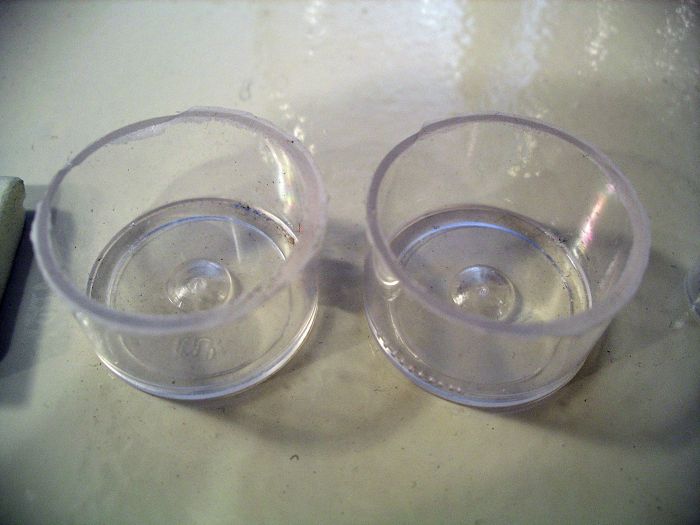
Acrylic
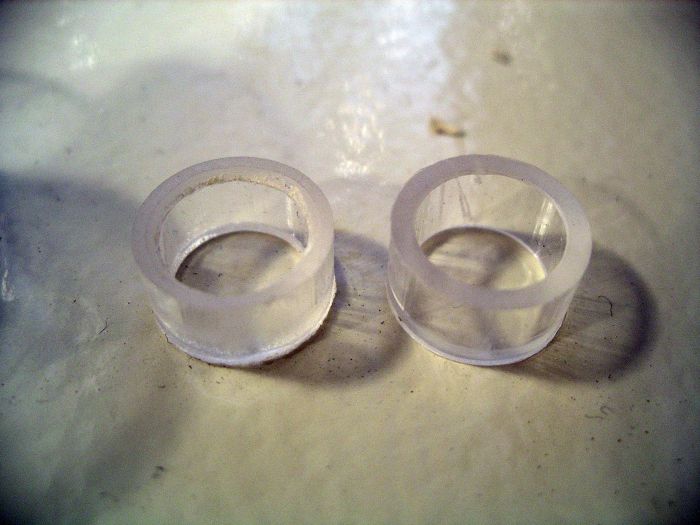
PLA and Kevlar
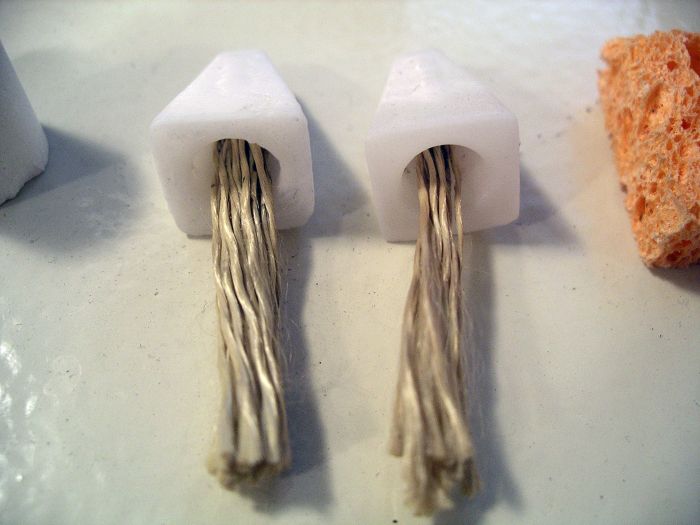
Cellulose Sponge
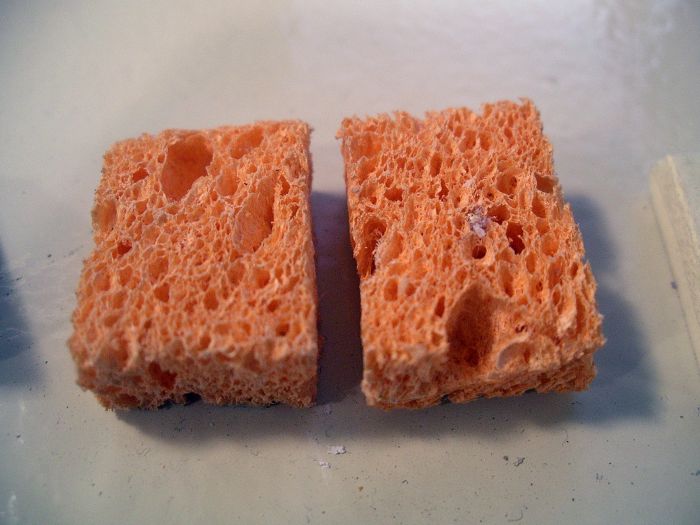
PVA Sponge
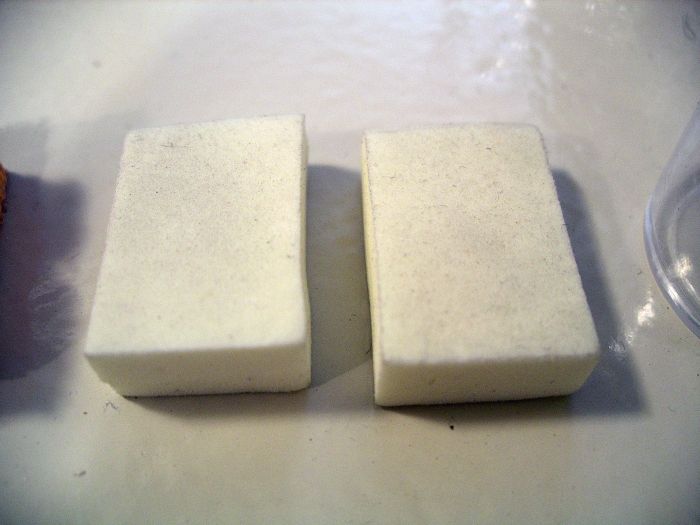
The front two beakers contain the AAC and Hydrostone, and the back one has all the rest of the materials. Obviously as some of these materials dissolve, it is going to change the chemical makeup of these liquids slightly, so this is nowhere near precise. It's good enough to give us a basic idea of the affect they have though. The AAC and Hydrostone I did kept separate to keep that part of the experiment a little more controlled. I covered all the beakers with duct tape to keep the liquids from evaporating, and I'm keeping the whole experiment under a box to keep out any light.
